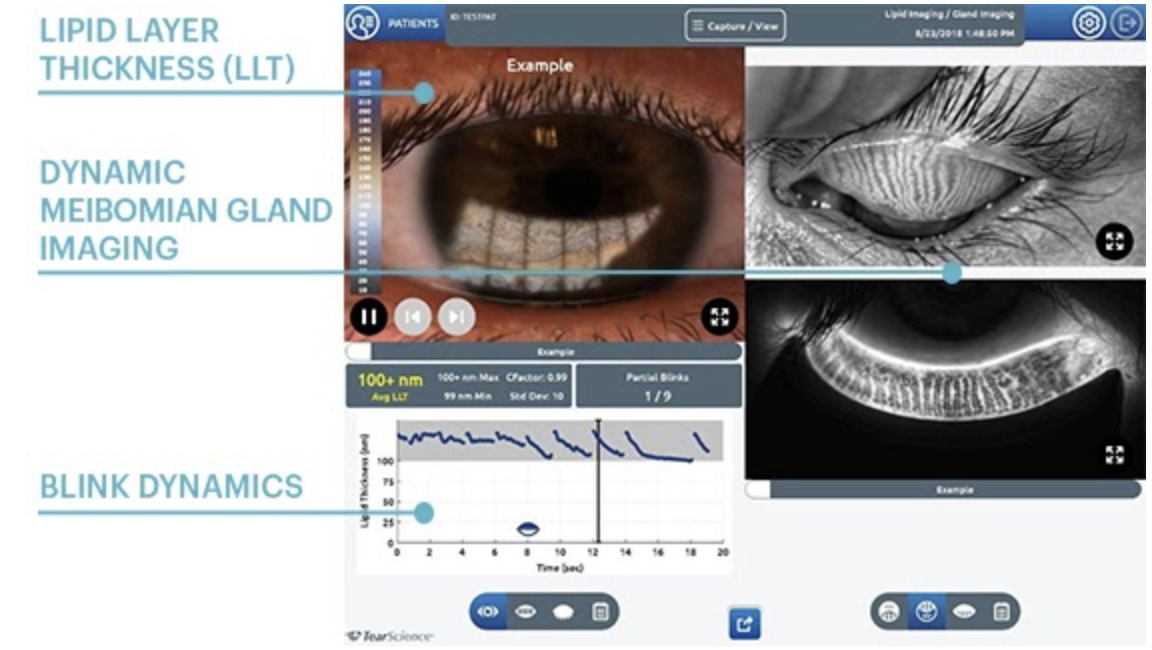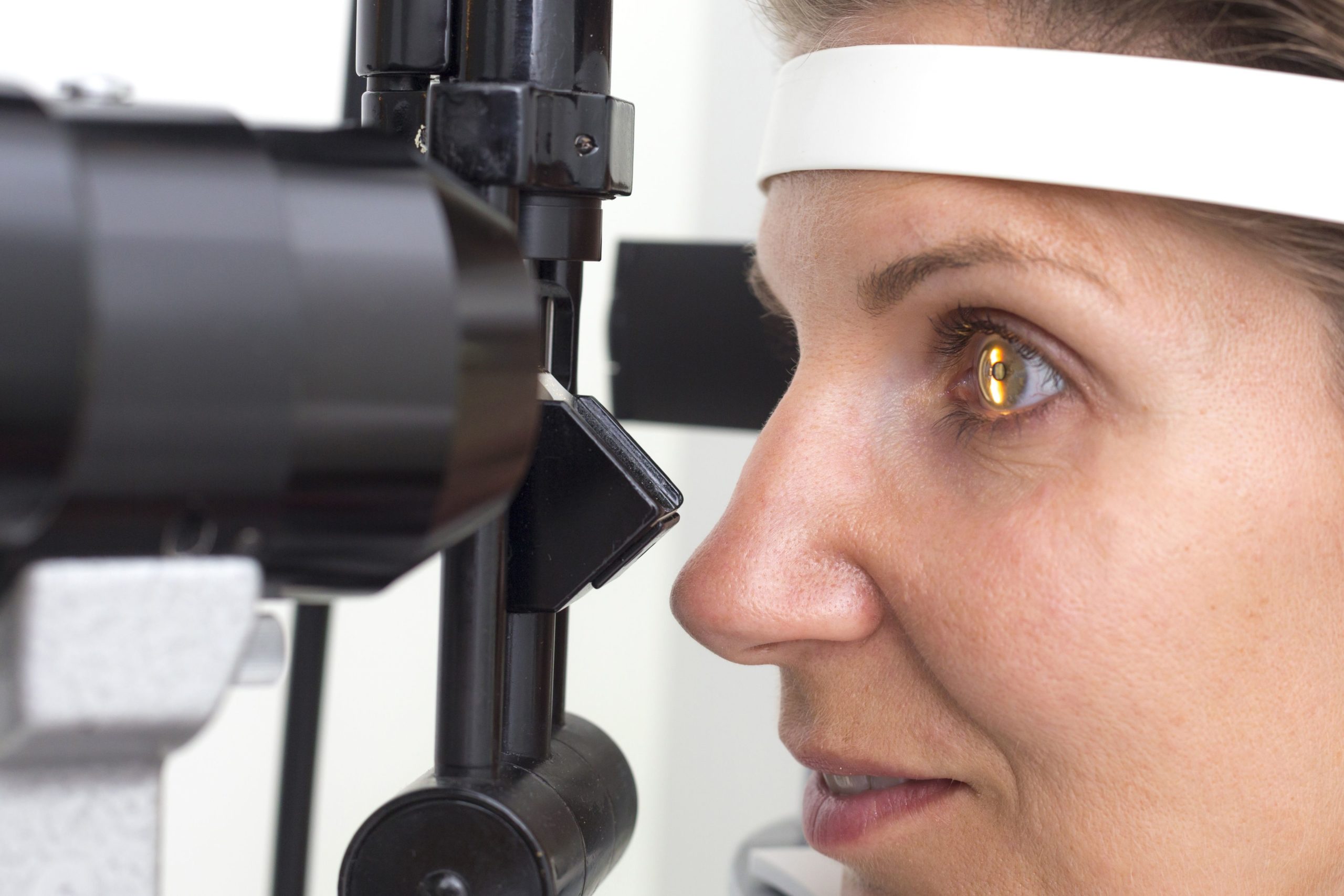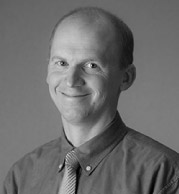When The Eye Center began a Dry Eye Clinic and began performing Advanced Dry Eye exams in 2012, it was a bit of a surprise to much of our staff and patients because most people assume that dry eye is one of the conditions covered in a routine exam. Because a routine involves checking all parts of your eyes along with the interaction your eyes have with your brain, we often do not have the time to address all of the different aspects of dry eye. When we detect dry eye syndrome during a routine exam, we will often give basic therapies to try to give you some relief. What separates The Eye Center from others is that we will offer to schedule an Advanced Dry Exam (ADE) for the near future so that we have the time to address your specific issues.
So what is an Advanced Dry Exam (ADE)?
When a patient comes in for an ADE, they will receive a completely different array of testing. The most important among these tests is something called meibography, which is an in-depth photo of the oil glands in your lids (meibomian glands) that are responsible for keeping the surface of the eye moist and healthy. A routine eye exam gives us very little information about these oil glands and it is estimated that around 90% of dry eye problems are attributed to poorly functioning meibomian glands. During an ADE, a patient will have an evaluation by an instrument known as Lipiscan to provide the physician with an idea of the health and functionality of these important glands. Below is an example.
Other testing that will be performed during an ADE includes: tear production, tear chemistry, level of ocular inflammation, as well as corneal and conjunctival surface staining. These tests, which are covered by health insurance, will provide Dr. Shaver with a broad view of your dry eye severity and help with developing a treatment plan specific to your condition.
The Eye Center provides numerous dry eye therapies that separate us from other clinics. The most advanced of the procedures is called Lipiflow which is a treatment that provides heat and mild pressure to the eyelids to help the meibomian glands to begin working well again.
There are dozens of other dry eye therapies that The Eye Center provides depending on the cause and severity. These may include at-home therapies that involve lid care hygiene or prescription drug therapies that could include oral meds or eye drops. Nutraceutical therapy is another common therapy, as is a discussion of diet. In more advanced cases of the disease sometimes a referral is made for treatments involving lasers and/or plasma extraction for the creation of personalized artificial tears. It becomes clear quickly with all of the possible therapies available, that dry eye is a complicated disease that does not have a universal cure for every individual. This is why an Advanced Dry Eye exam is so valuable for providing the information necessary to treat each patient in the most accurate manner.












